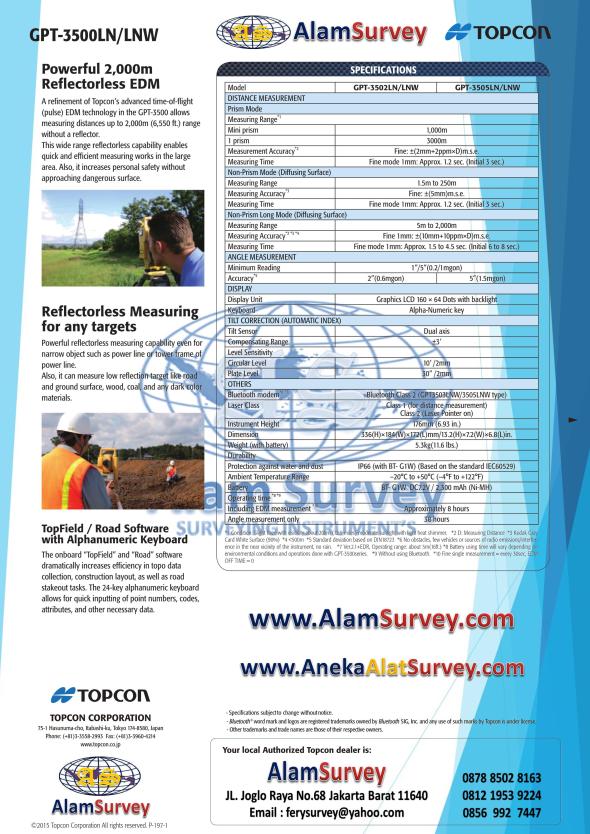Autocad Civil 3d Line Types
A Primer on Linetypes Linestyles and DGN in Civil 3D. If you employ any AutoCAD 2015+ product, you’re ability to view and import DGN is greatly improved. Both Autodesk and Bentley share large State DOT and Federal customers who’ve demanded that the conversion methods between the two CAD platforms work better behind the scenes.
Resident evil 4 gamecube rom disc 2. Disc size of 3” (8cm) – is less than a regular CD or DVD, the capacity reaches up to 1.5 GB. Some games had to be released on two discs, as they couldn’t fit the allotted space. GameCube system has the ability to connect to the portable Game Boy Advance system.
Bryant Quinney Sr Applications Expert
For those of you who use text in your custom linetypes within AutoCAD-based program (likely to be a lot of us), you may have noticed that the need to read the text “right side up” can be trying at times. Right? Let’s look at a variable or setting in the linetype file that controls the behavior the orientation of the text.
First, we’ll load two differing linetypes that differ by how they treat text rotation: “StormR” and “StormU”.

In the linetype file, they are defined with this coding:
*StormU,StormU ----ST----ST----ST----ST----ST--
A,1,-.05,['ST',Standard,S=.1,U=0.0,X=-0.03,Y=-.05],-.15
*StormR,StormR ----ST----ST----ST----ST----ST--
A,1,-.05,['ST',Standard,S=.1,R=0.0,X=-0.03,Y=-.05],-.15
After loading them both in a drawing, I will show the difference in behaviors between the two using line objects. To be clear, this discussion applies to polylines as well. To do this, I will draw two lines for each linetype, left-to-right (top) and right-to left (bottom), with arrows to emphasize the direction drawn. The first one is the “StormR” linetype which shows the desired behavior when drawn left to right (top). In the alternate direction, right to left (bottom), the image shows how the text turns upside down. This behavior ignores the toggle of annotative text where the orientation is supposed to match the view direction.
Now, let’s do the same for “StormU”. In this linetype style, you can see how the text is correctly oriented to the view direction.
This shows the overall behavior of the text when looking at horizontal lines. Since project geometry is not always drawn horizontally, see what happens when they are drawn at varying angles. On the left is “StormR” with “StormU” on the right and direction arrows showing the direction they were drawn.
Notice how the plan readability is maintained only when using StormU (rotation set using the ‘U’ variable). The behavior of the text in each scenario depends on the World UCS, so the view rotation, even by DVIEW à Twist does not affect the outcome, positively or negatively. So, changing the rotation of the current UCS does not vary the behavior. Notice, however, that the result of a vertical placement does not show any difference between the two settings.
So, keep in mind that, using ‘R’ for rotation aligns the text with the linetype direction in a relative manner. Using the U value, instead, assigns the rotation value as absolute in relation to the world UCS, while considering the direction the alignment is created.